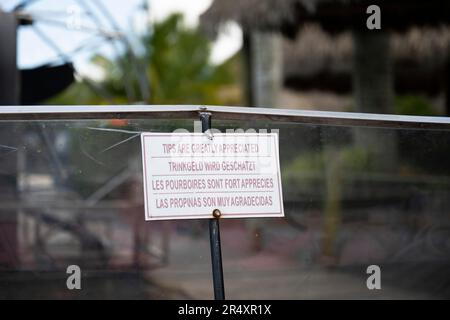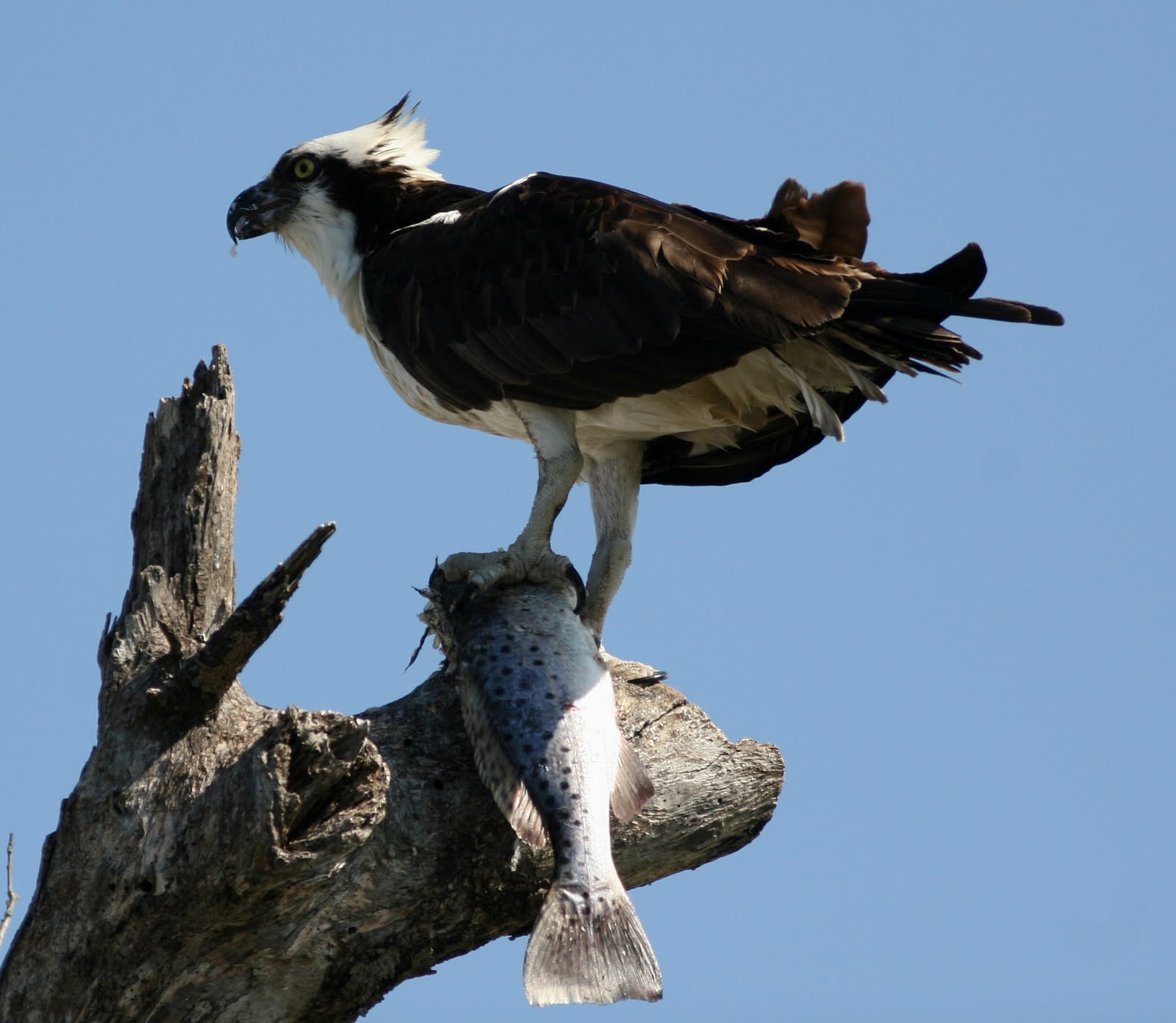

The Cooper’s Hawk looks very similar to the Sharp-shinned Hawk but is bigger at about the size of a crow. They appear in 3% of checklists submitted by bird watchers in winter and 2% in summer.

They lay 2-3 whitish, brown-spotted eggs.Ĭooper’s Hawks are residents of Florida all year, but more birds migrate into the state in winter from breeding grounds in Canada. Nests are high in tall trees, cliff ledges, and sometimes on tall buildings or towers. Red-tailed Hawks remain resident in the US and Mexico, but those birds in Alaska, Canada, and the northern Great Plains fly south for winter. Accessible at The high-pitched descending raspy-screech sound of the Red-tailed Hawk is often used in movies for all birds of prey. Red-tailed Hawk Call: Credit: Phoenix Birder, XC493105. You can also see them perched on telephone poles. They are also the easiest to spot, often on long car journeys, as they circle slowly over open fields looking for prey such as small mammals, birds, and reptiles. Most Red-tailed Hawks are brown on the back and pale underneath. They are large, with broad, rounded wings. In winter, they are third on the list appear in 5% of checklists.Īs their name suggests, Red-tailed Hawks have a distinctive short, wide red tail. In summer, Red-tailed Hawks are the second most frequently spotted hawks in Florida and appear in 3% of checklists submitted by bird watchers for the state. They nest on the ground in dense vegetation such as reeds, willows, or brushtails. Northern Harriers mostly eat small mammals and small birds. This slim, longed-tailed hawk can be seen gliding low over grassland or marshes. Those in the middle of the range remain all year. Accessible at Northern Harriers that breed in Alaska, Canada, the northern Great Plains, and the Northeast before migrating south for the winter to southern states, Mexico and Central America. Northern Harriers are slender with long broad wings and are between the size of a crow and a goose. They often fly with the tips of their wings higher than their bodies in a v-shape.įemales are brown, and males are gray above and white below, and they have a white rump patch.Ĭredit: James Bradley, XC326879. They migrate into the state in September and October, and then they fly north for summer for the breeding season in April. Northern Harriers are the second most frequently spotted hawks during winter in Florida and appear in 7% of checklists. Nests are often reused each year in a broad-leaved tree near water.

Their prey is mammals and frogs or snakes. They tend to be seen near wet forests hunting along a stream or pond. These hawks are also residents on the West Coast. Accessible at Red-shouldered Hawks are resident in eastern states, but those in the Northeast may migrate further south for winter. Red-shouldered Hawk Call: Credit: Phoenix Birder, XC498625. They make a loud cack-cack-cack-cack call. They are medium-sized, between the size of a crow and a swan with a strongly banded tail. Red-shouldered Hawks are distinctly marked, with dark and white checkered wings and reddish barring on the breast. They appear in 20% of checklists submitted by bird watchers for the state in summer and 27% in winter. Red-shouldered Hawks are the most frequently spotted hawks in Florida in both summer and winter. Hawks that are more common in winter are Red-tailed Hawks and Northern Harriers. The most common hawk in both summer and winter in Florida are Red-shouldered Hawks. Some of these birds migrate, and some remain all year, and this information is included for each species. This guide will help you identify the species of hawks in Florida according to avibase and ordered by the number of sighting recorded on ebird. If you enjoy finding out about birds of prey in Florida then you should check out all the eagles and vultures you can spot here. To find Hawks head to woodland for the smaller hawks such as the Sharp-shinned Hawk and Cooper’s Hawk or open grassland, marshes, or high ridges for the larger species. There are 8 species of hawks recognized on state checklists as regularly occurring in Florida, and 5 additional species are considered rare or accidental. Hawks are birds of prey and hunt and eat birds and small mammals, snakes, and frogs. They can see ultraviolet light, which helps them hunt down their prey.


 0 kommentar(er)
0 kommentar(er)
